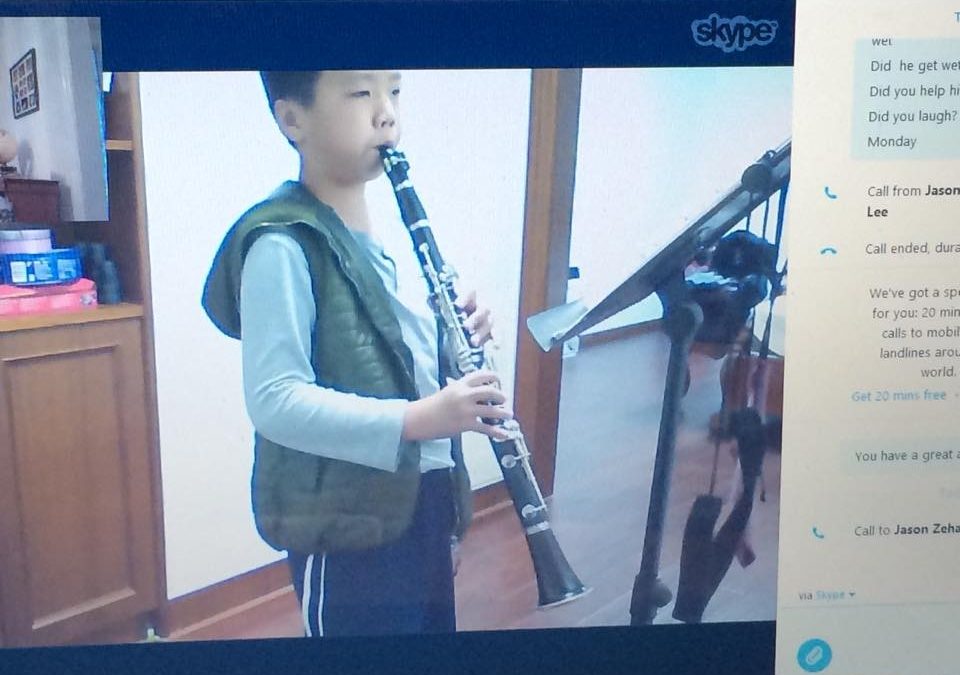
|
When I began my teaching career way back in 1986 (instructing a daily German 101 intensive drill class at William and Mary–I was a senior who had just returned from a Junior Year Abroad program in Germany), I made a decision to try to “keep my teaching real.” That is, I wanted to connect my teaching with real life, and the real needs of my students, in a real world–not the “vague otherness” of a fake world of textbooks only. So, as I taught the German grammar and pronunciation drills, I also tried to explain when the students would use those patterns, with a few illustrative stories from my year in Europe thrown in. In the intervening 29 years I have been blessed to be in this very rewarding and satisfying teaching career, I have certainly spent a fair bit of time in the artificial world of textbooks. And I do not mean to unduly criticize textbooks– they have their place and role. (Disclaimer: I have also co-written a textbook.) But wherever possible, I believe it is best to try to “meet students where they are” and try to “make connections” between the material I am trying to teach and the real life and experience of the students. Now in our eighth year of offering online English classes, the wonderful team of teachers I am blessed to belong to is able to teach students, by the miracle of the Internet, across the world, from China to France to right here in the USA. And so it is a particular delight to see other members of this team making real-life connections and building relationships with students in other countries, from other cultures. For decades I have encouraged my students to “learn your foreign languages!”, and as we at DreyerCoaching.com help students improve their English skills, they will be better able to communicate with others and I hope, in a small way at the individual level, be better-able to contribute to a world of peace and understanding. So it was a pleasure to receive this photograph from Mrs. McKinney, a master teacher on our team, of her recent class with Jason, a young student in South China. He plays the clarinet, and to “keep it real” in class, he played a few tunes for his teacher, across the 8,000-some miles (13,000 km), in real-time. What a fantastic way to build the student-teacher relationship and take a personal interest in the lives of the students we are are blessed to work with on a weekly basis. ******************** My mother tells the story of her mother, who was born in the milestone year of 1900, in southern Indiana. As a young girl in a one-room schoolhouse, my grandmother vividly remembered the day when the peace outside was shattered by the novel noise of a passing-by motor car–a newfangled invention the children had never seen before. (Imagine the peace and quiet the world must have had, not to mention the slow pace of life, before the advent of the gas-powered engine and cars.) Naturally curious, all the children sprang from their desks and bolted to the windows to see that new spectacle: a motor car! At that moment, my grandmother also vividly recalled, the teacher barked out an order for all the children to return to their wooden desks, to continue their lessons uninterrupted. As a teacher, I think of that story and ponder: what a waste! For those children (and that teacher) in the early 1900’s in rural Southern Indiana, they had caught their first sight of an invention that would soon spread round the world and change life for all of us, forever. Yet the magic of the moment was quashed by a teacher focused on getting through her lesson plan. Thank you, Mrs. McKinney, for making those real-life connections with our students. Let’s “keep it real,” fellow teachers! |

